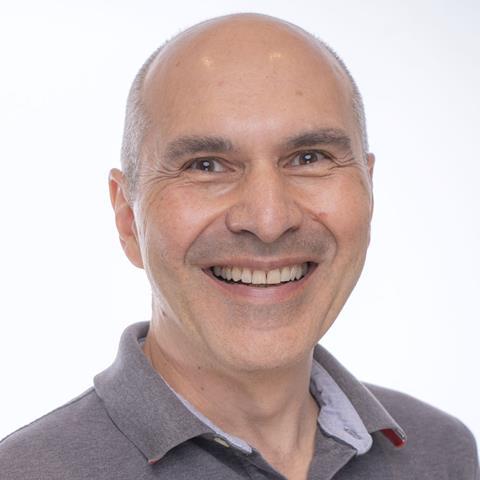Yannick Olivier, lead broadcast engineer, France Télévisions, and Costa Nikols, strategy advisor, M&E, Telos Alliance, look at the future of sport audio

Major live events like the Paris Olympics, Paralympics and UEFA Euro 2024 dominated TV screens and drew in millions of audiences around the world this past summer. While growing investment in 4K UHD and ever-increasing demand for superior viewing quality push broadcasters and streaming services to innovate with more immersive on-screen experiences, there’s an unsung hero that has underpinned every cup final, gold-medal race and penalty shootout: the audio.
Next Generation Audio is here — you just haven’t heard it yet
Next Generation Audio (NGA) is the natural evolution of auditory experiences in media. Over one billion consumer devices — from advanced TV sets and in-home entertainment systems, to laptops and headphones — already support Dolby Atmos standards and immersive audio capabilities that enable personalised, accessible and interactive experiences. NGA unlocks intuitive, user-centric features such as enhanced dialogue and sound clarity, advanced volume customisation for those with hearing impairments, and commentary and audio track selection for users to choose different commentators or language tracks for sports events.
The simple truth is that much of the live content being delivered today via broadcast or streaming still delivers the same level of audio quality as it has for years — and it isn’t up to NGA standards. Consumers want to see more value by experiencing richer, immersive quality and new advanced features enabled by their modern devices. Untapped opportunity and pent-up consumer demand are the perfect ingredients for an audio revolution.
Sounds of Paris 2024
Serial ADM (S-ADM) metadata is crucial to NGA. This metadata identifies and separates individual object-based audio components, enabling producers and end users to customise the final audio mix to suit their preferences and device requirements. Working with S-ADM means sounds like the referee’s whistle, crowd noises, and the echo of bat against ball can be heard in finer detail and with crystal clarity — while alternate announcers and language tracks can be configured at any point throughout the broadcast chain.
This summer, France TV and several other European broadcasters deployed S-ADM in major sports broadcasts for the first time, captivating audiences with uniquely customised experiences that only NGA can provide. At Paris 2024, France TV championed Dolby Atmos and brand new SMPTE 2110-41 standards through advanced audio processing tools to drive deeper accessibility and greater personalisation with multi-lingual audio and audio description features. The best part about NGA is that we’re only at the tip of the iceberg. This summer was the perfect trial phase for new immersive audio technologies — now, the sprint is on.
‘Good enough’ won’t cut it anymore
Audiences are losing patience with unsophisticated, imbalanced audio that leaves them turning up the volume to hear commentators correctly — and vice versa every time an ad break rolls. Viewers want exceptional audio across any device or platform — at the perfect loudness and in the right language.
An unsophisticated, ‘if it ain’t broke don’t fix it’-type approach to audio is no longer an option. In a multi-device, multi-platform world, broadcasters are under more pressure to deliver more content with fewer resources. The age-old adage of ‘doing more with less’ has the same implications on audio as it does with video. The rapidly growing amount of downstream formatting requirements and global distribution endpoints make it incredibly challenging to manage and mix all the required audio tracks in an efficient, reliable way. Content providers need to lean on automated processing to achieve the levels of scale required today — all while transitioning away from the legacy channel-based audio world toward future-ready, object-based audio workflows.
In the coming years, many of the advancements in live sports won’t be visible; they’ll be heard. For broadcasters, that means hearing loud and clear that just ‘good enough’ audio won’t cut it anymore.


Yannick Olivier is lead broadcast engineer at France Télévisions, and Costa Nikols is strategy advisor, M&E, at Telos Alliance





No comments yet